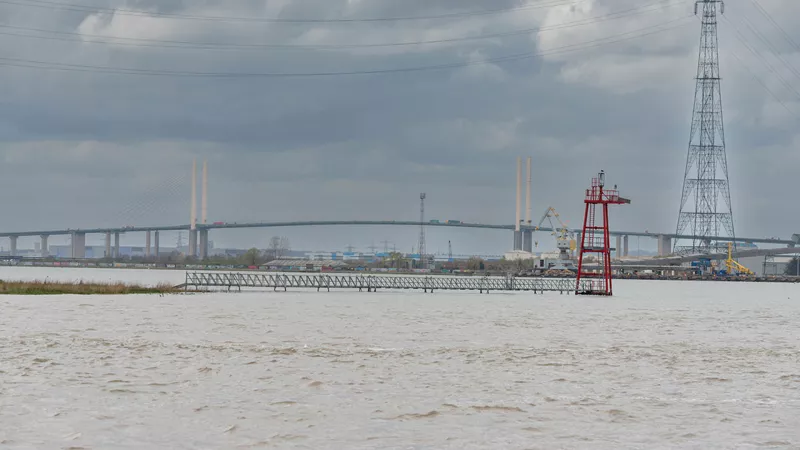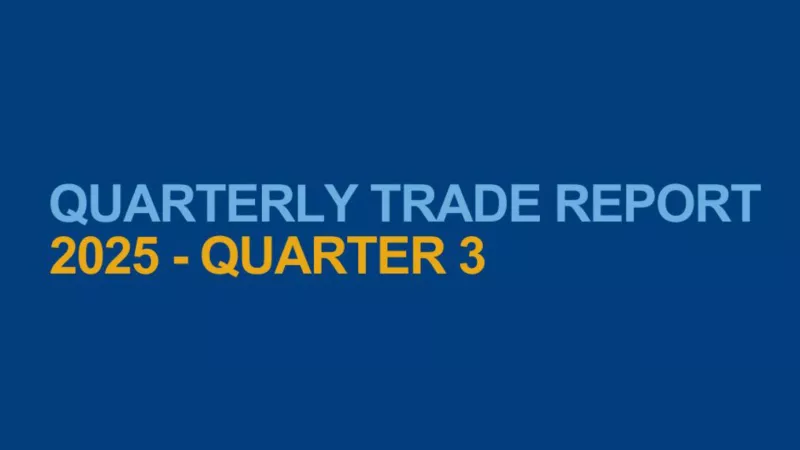Live Tides
NOTICES TO MARINERS
Charts & Surveys

Incident reporting
Life-threatening emergencies on the river:
Call 999 and ask for the Coastguard
For near miss, safety observations and incident reporting click below
Thames 2050: the route to a cleaner future
Port of London Authority (PLA) corporate affairs and strategy director, Alistair Gale, looks at the building blocks in place for the Thames’s cleaner future and invites you to have your say on the Thames in 2050.
London Climate Action Week has inspired debate and events, drawing a bead on one of the greatest challenges of our generation.
At the PLA, we have climate change firmly in our sights: for our own operations and the river as a whole.
For our own operations we have a costed, planned programme to reach Net Zero by 2040, or earlier. The first step? Switching our vessels to cleaner diesel, which will rapidly halve our carbon emissions. It is just the first of many changes.
In two weeks, we will start refitting one of our driftwood vessels with selective catalytic emissions reduction technology. This is part funded by Clean Air Thames, a Mayor’s Air Quality Fund £500,000 pilot project.
Driftwood II is one of two vessels that recover rubbish, including plastics and timber, from the river. On return to the river later in the summer, the vessel’s emissions will be dramatically reduced. Simply put, it will be cleanest vessel on the Thames, cleaning the waters of the Thames.
We’re looking to the future of the wider tidal Thames out to 2050, refreshing the river development framework, the Thames Vision. Originally focused on increasing river use by 2035, we are now updating it to reflect a Net Zero carbon world, in just 29 years.
As the UK’s largest port and busiest inland waterway for passengers and freight, it’s an important transition to what will be a radically different future.
Over the last 12 months, we have engaged in ground-breaking research as we prepare, looking at the likely shape of port trade in 2050. This shows a projected rapid fall in fossil fuel imports, with future total annual trade volumes ranging between 50 million to 90 million tonnes.
With an expert panel, we have been looking at the global factors set to influence the future of the tidal Thames. From those discussions, emerged outline proposals for a future centred on sustainability pillars: social, economic and environmental.
For ports, there is scope to go further. As points of exchange in transport networks, as the route through which energy flows to businesses and consumers, ports will have a central role to play in our low carbon future.
With our partners at the Thames Estuary Growth Board, we are looking at hydrogen as part of our low carbon energy mix, for transport, both on water and on land.
The research, the planning goes further again. In partnership with vessel operators on the Thames we have created the UK’s first emissions reduction roadmap for inland waterways vessels. To complement it, we have just commissioned a study mapping the landside infrastructure needed to ensure deepsea and inland vessels can access the energy they need in the UK’s biggest port.
The river renaissance for freight is playing its part. Traditionally a low carbon route for bulky materials such as sand and gravel, logistics companies are now looking to the Thames for light freight projects too. Just two weeks ago, CEVA started a pilot trial bringing NHS supplies into the heart of the city by boat from Dartford, congestion free, with the last couple of miles completed by electric bike.
Technological development is being targeted. We’ve recently closed the first round of bidding for our Sustainable Innovation Fund. The initial innovation priority: the first zero-emission berth on the river. Alongside this, is the tidal energy generation test site we designated earlier in the year. Our commitment to building back cleaner and better is manifest.
These developments deliver on core commitments of the Thames Freeport, a unique coalition of experts and capability in transport, logistics and manufacturing, ready to deliver transformative change in supply chains and urban mobility.
When you visit London, there is no better place to see the city than from a Thames passenger boat, at night. Passenger operations will be part of the energy transition as well. For now, as we watch for a recovery in travel and tourism, they offer a fantastic, COVID-secure travel option to access UNESCO world heritage sites by day and the new bridge illuminations by night.
In the country's largest port and busiest waterway, our aim is to draw together all of the developments in river use, the low emissions innovations, the plans for the future into Thames Vision 2050.
The Thames is set for an exciting future. It will remain a route for trade, a highway for travel and commerce, a centre for sport and recreation. And it will become a catalyst for change as we work towards and secure a low carbon future.
If you want to share your view on what we might do, take the opportunity now. Until midday on Wednesday, 14 July you can complete our Thames Vision 2050 survey.
Related content


Location: London/Gravesend Remuneration: £28,971 per annum for a commitment of up to 24 days per...

Discover


